This weekends challenge, a better hook for a bicycle:
Want to laser cut one of your own or remix it? Check it out on Thingiverse
This is a vertical based bike hook for bicycles with aero (deep) front rims. Currently there are not many wheel hooks that keep the front wheel vertical and that don’t scratch the rim when putting the bike up.
The hook is lasercut using a glowforge and medium draft board (the material thickness is important as all the slots need to interlock). Assembly is slotting the parts together and installation requires two screws/anchors into the wall.
It was specifically designed for a Reynolds AR80, however, I believe other wheels with similar dimensions, depths or profiles should fit. read more
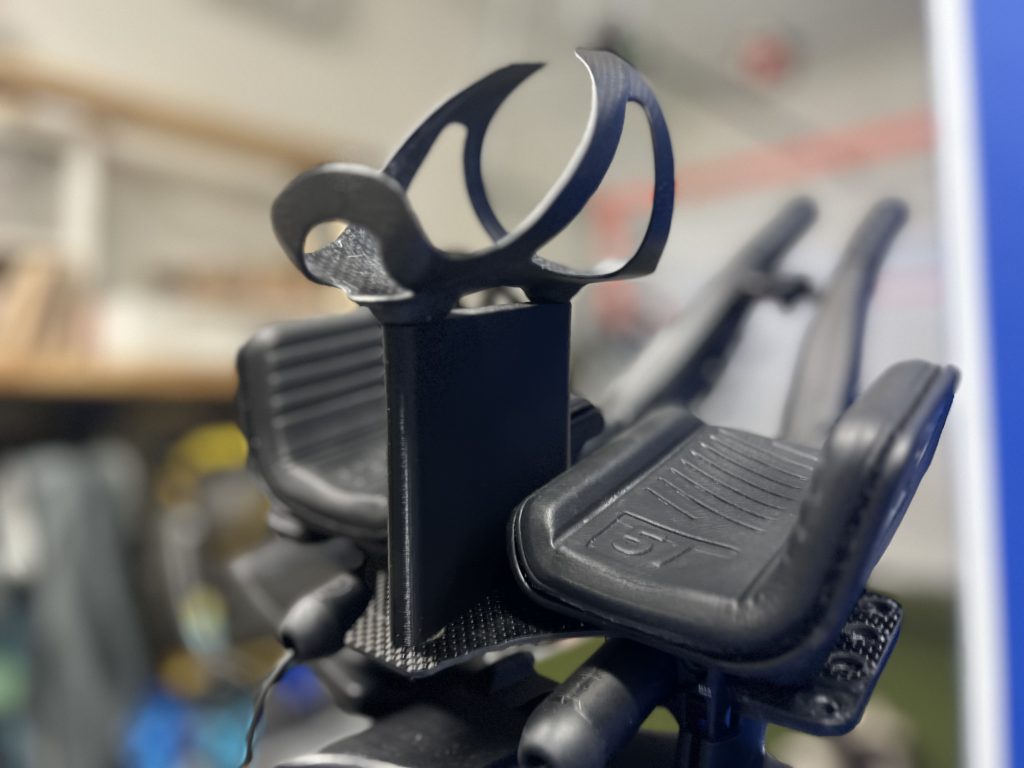

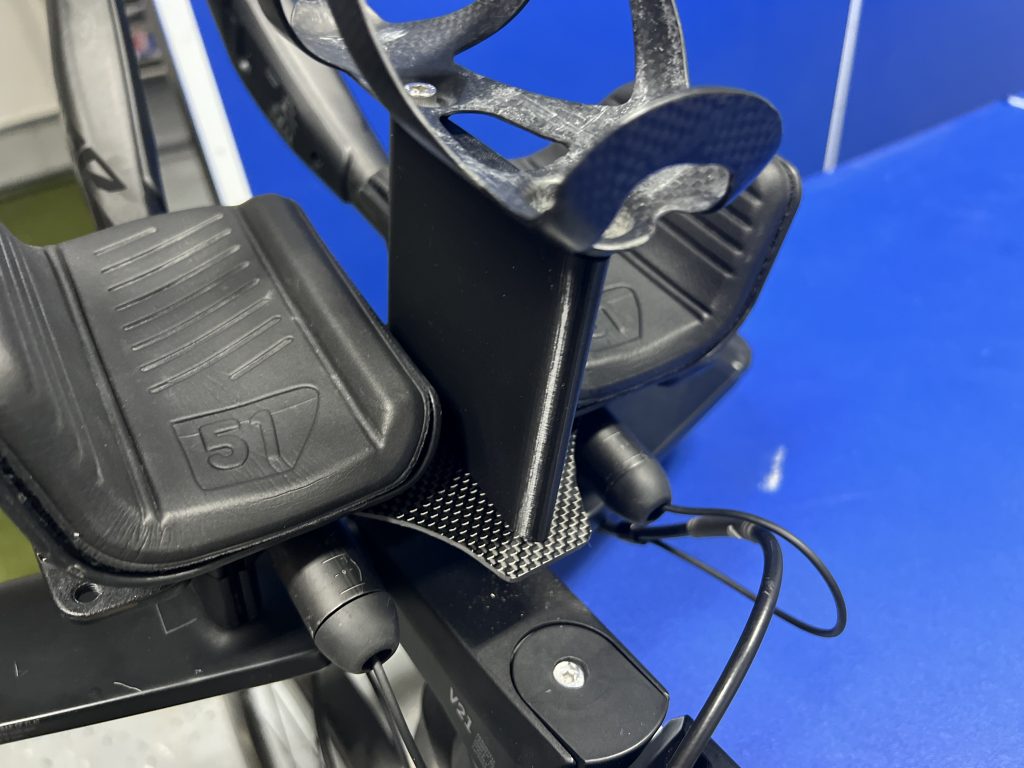













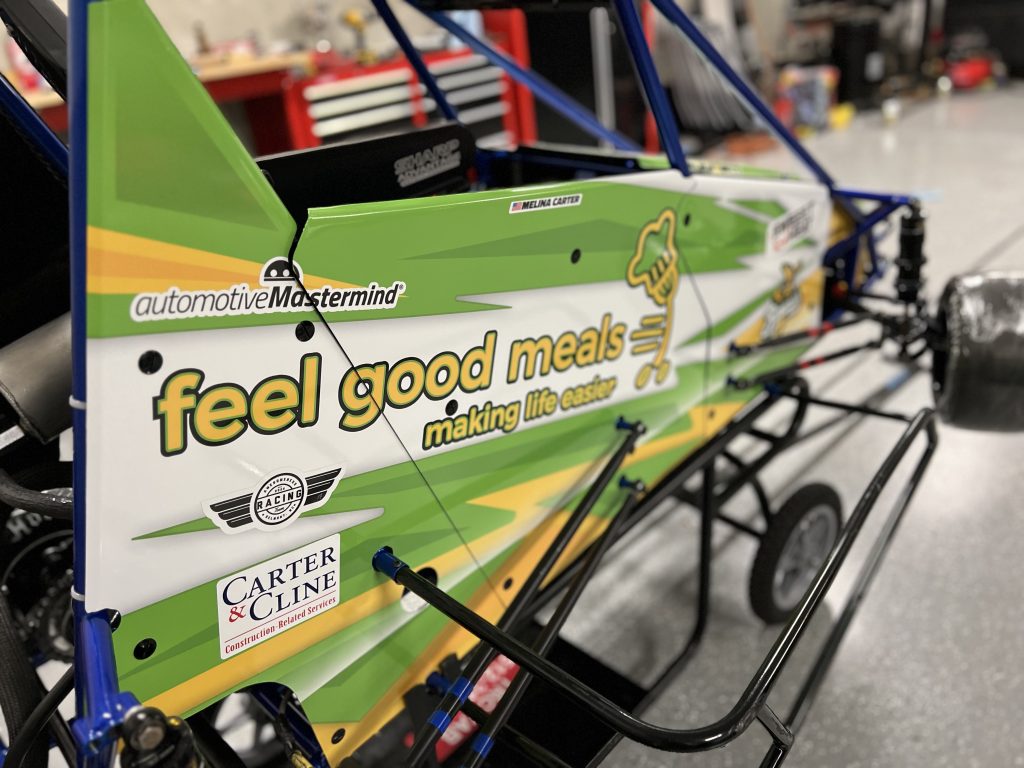
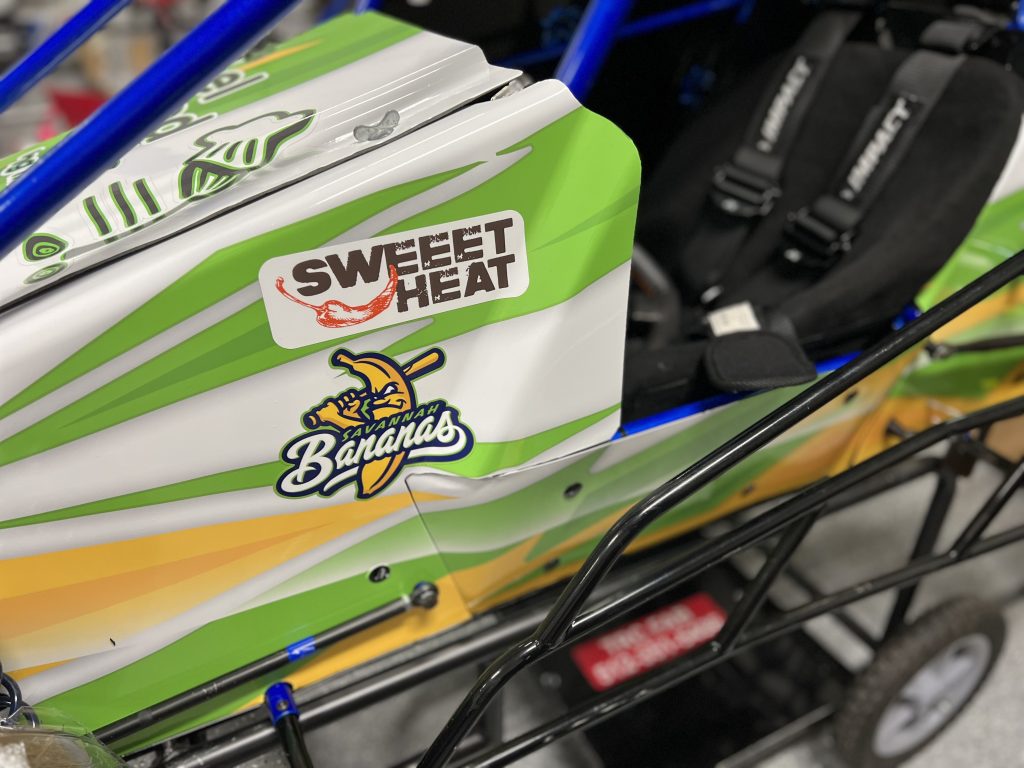
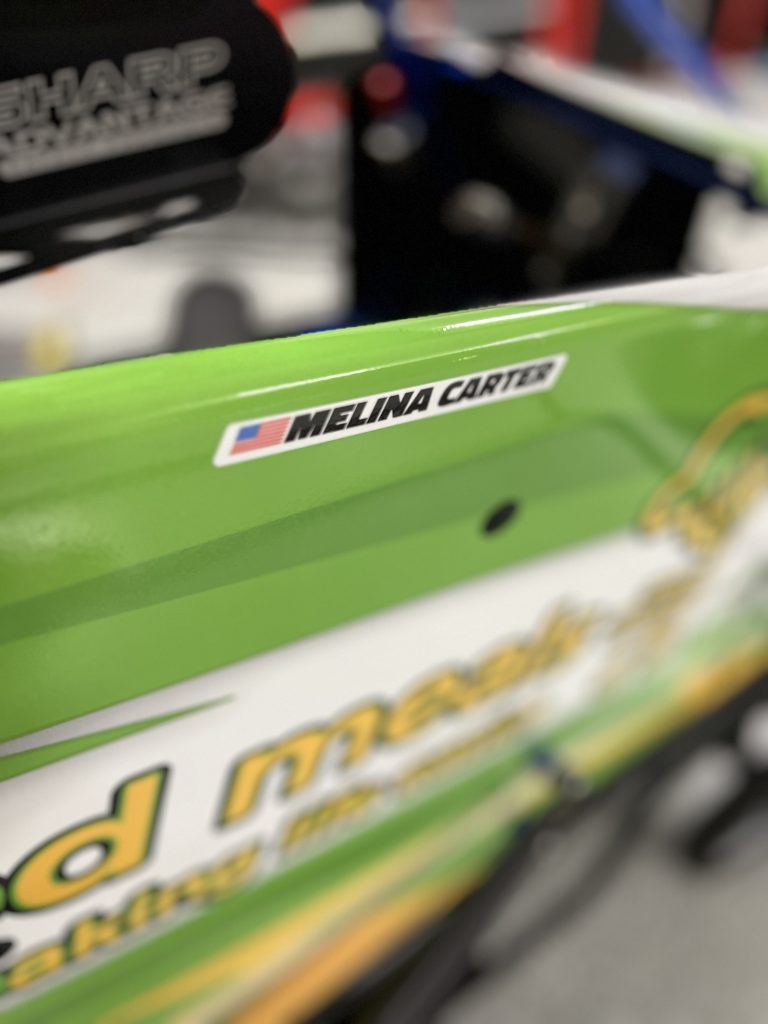



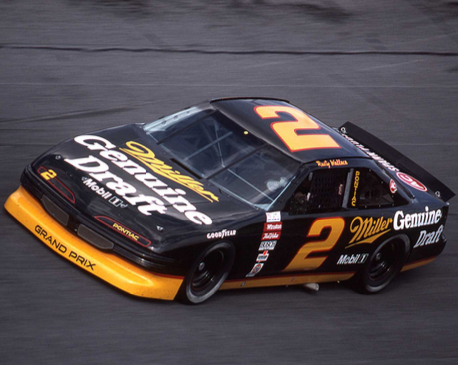


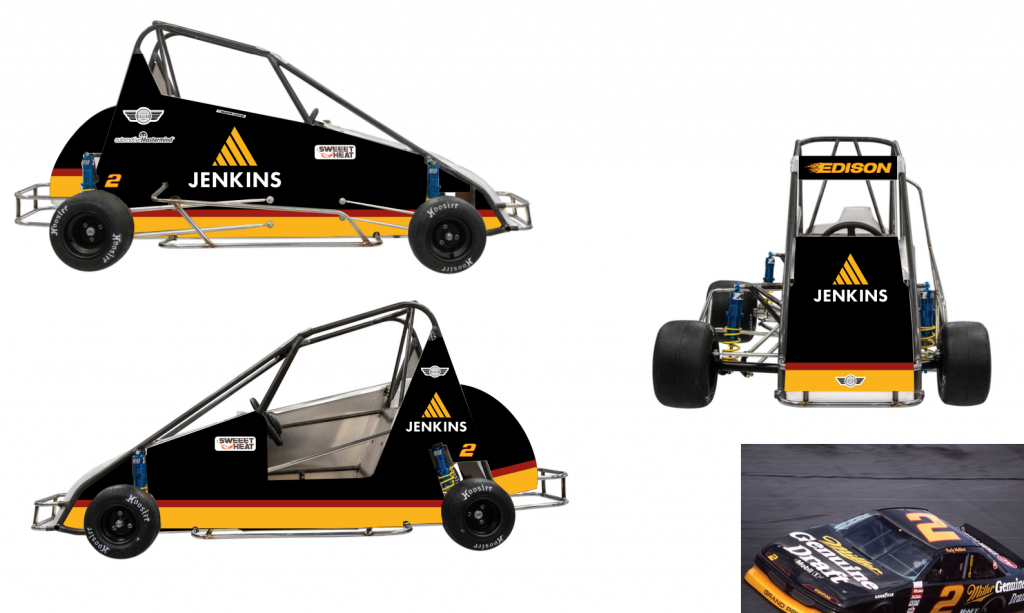
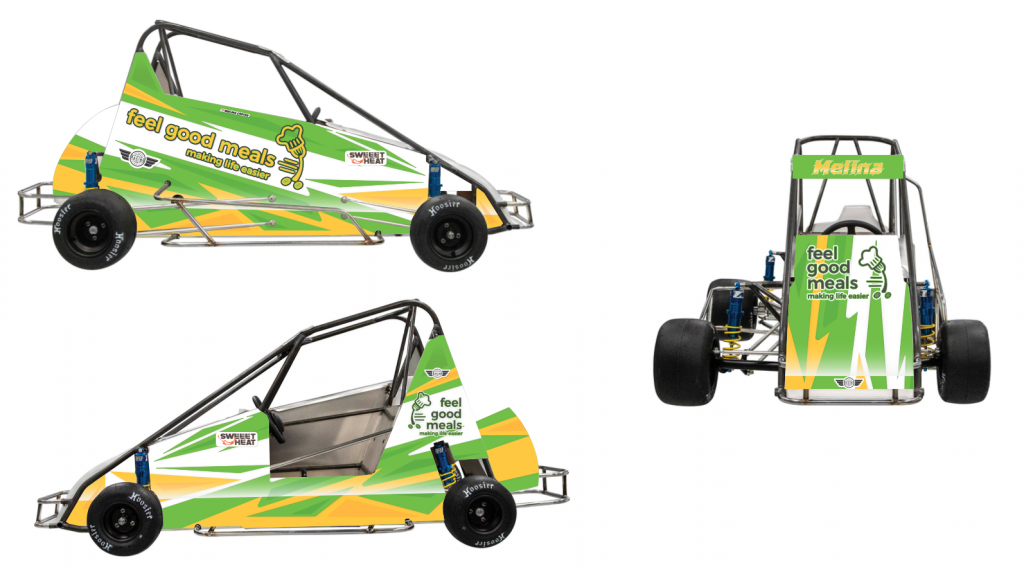
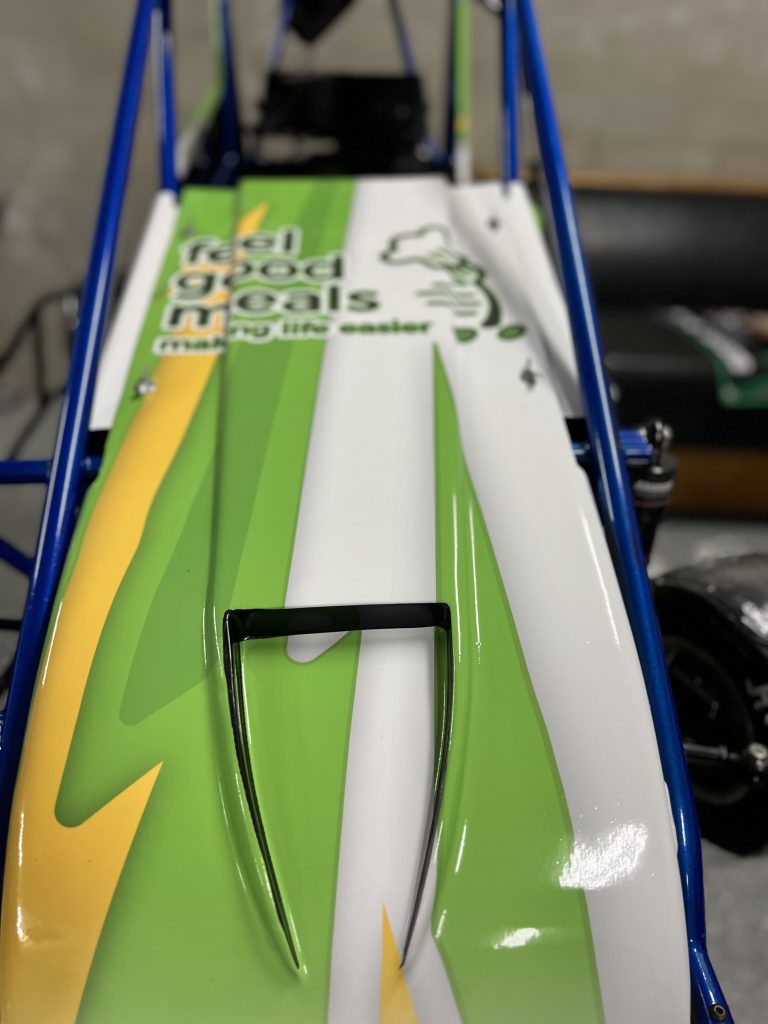



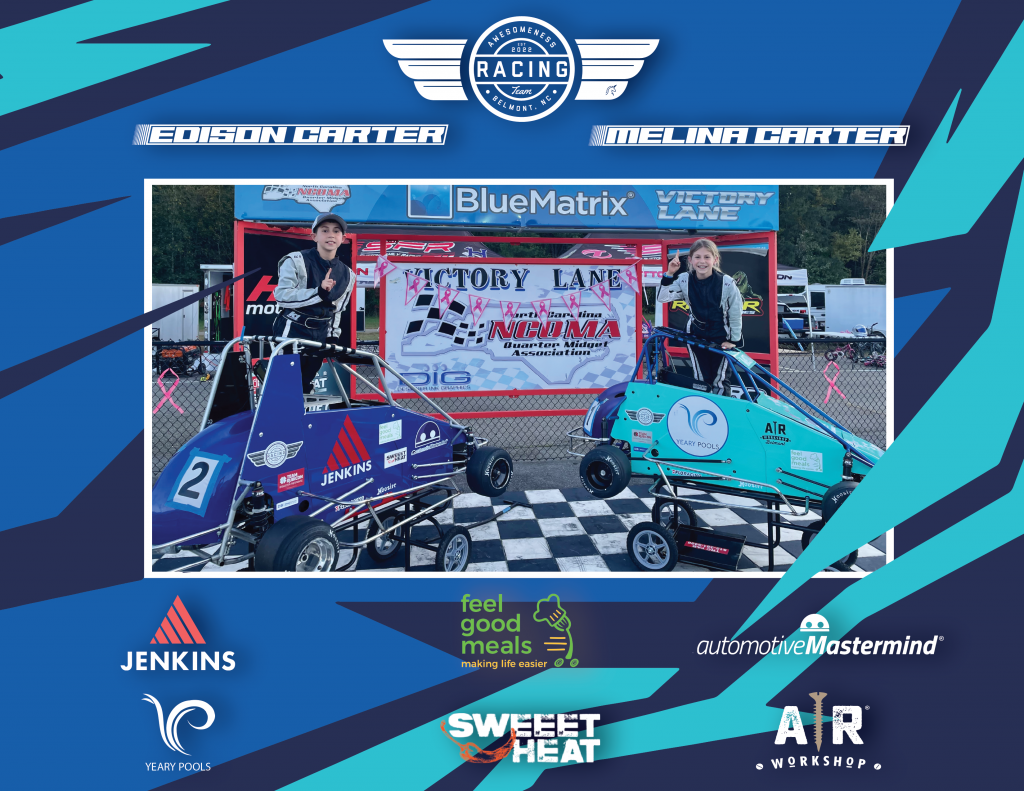
You must be logged in to post a comment.